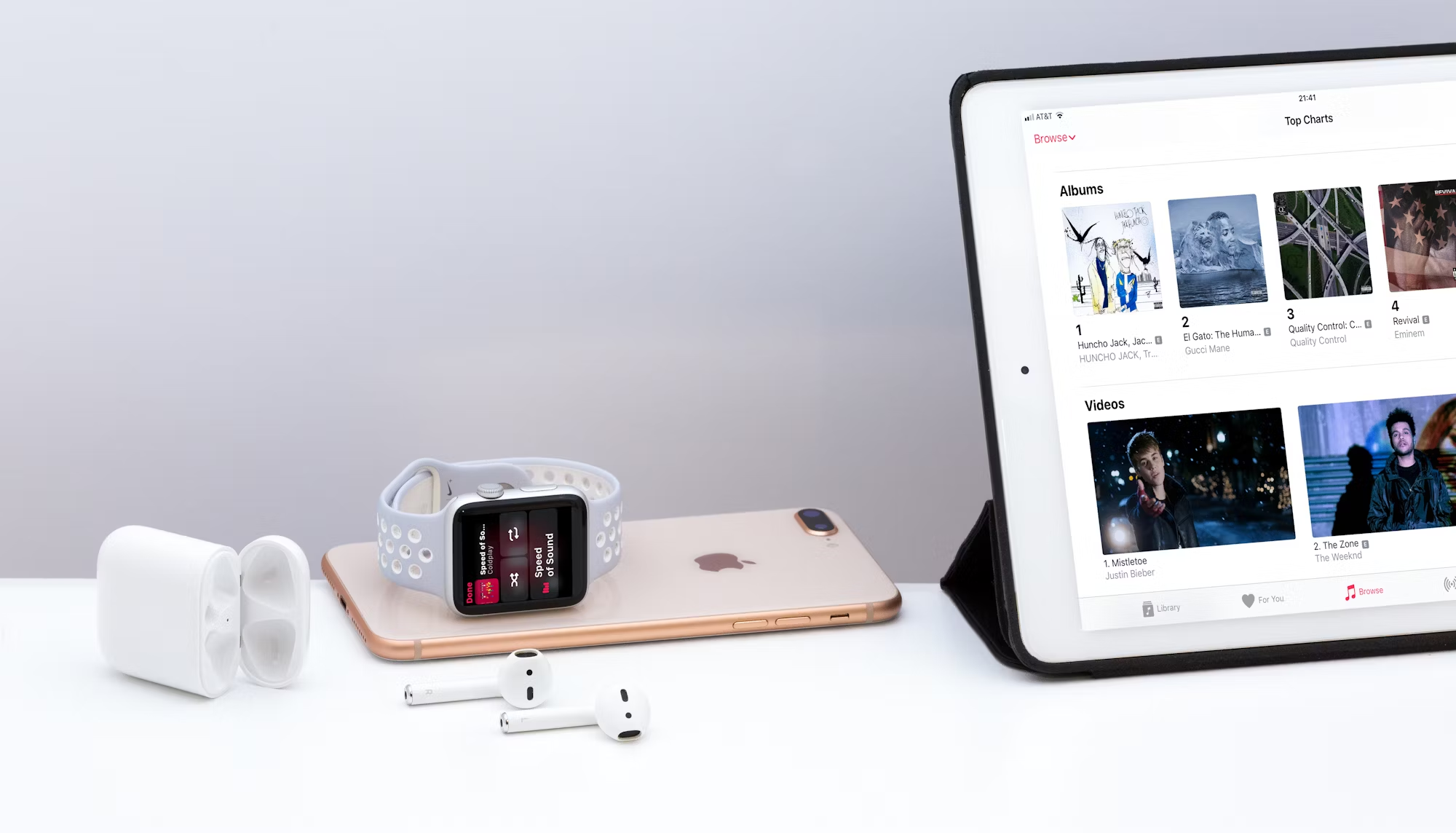Headphones have come a long way since their inception, evolving from simple audio devices to sophisticated gadgets that enhance our listening experiences. Their journey reflects not only technological progress but also changes in cultural consumption and lifestyle. This article takes a closer look at the evolution of headphones, their impact on music consumption, and the future possibilities that lie ahead.
The origins of headphones can be traced back to the late 19th century, primarily designed for telephone operators who required a hands-free listening solution. These early models were quite bulky, made of heavy materials that prioritized functionality over comfort. However, they paved the way for further innovations that would soon follow. In the 1930s, headphones began to gain popularity among radio enthusiasts, allowing listeners to enjoy broadcasts in private, away from the noise of the world.
The breakthrough moment for headphones came in the 1950s when the first portable models were introduced. With the rise of rock and roll, the demand for personal audio devices surged. This era saw companies like Koss and Sony emerge, creating lightweight and affordable options that appealed to the youth. The introduction of the transistor radio in the 1960s marked another significant milestone, making music even more portable. Suddenly, headphones were not just for home use; they became essential companions for on-the-go listening.
As the 1970s rolled in, headphones underwent further transformation. The advent of stereo sound introduced an entirely new dimension to audio listening. Consumers were now able to experience music in a way that replicated the concert atmosphere. This decade also witnessed the birth of high-fidelity headphones, designed for audiophiles who demanded the best sound quality. Brands such as Sennheiser and Beyerdynamic began to gain recognition, establishing a reputation for creating headphones that delivered rich, detailed sound.
The 1980s and 1990s saw a technological leap with the rise of cassette players and later, compact discs. This era necessitated the development of headphones that were not only portable but also capable of delivering high-quality audio. As music formats evolved, so did the design and functionality of headphones. Manufacturers began experimenting with materials, creating models that were lighter, more comfortable, and aesthetically pleasing. The popularity of the Walkman further solidified headphones as a staple of personal audio, making them synonymous with youth culture.
The turn of the millennium brought about a digital revolution, fundamentally changing the landscape of music consumption. The introduction of MP3 players and the iPod in the early 2000s transformed how we listened to music, allowing users to carry entire libraries in their pockets. As digital music soared in popularity, so did the demand for high-quality headphones. Consumers began to seek out models that offered superior sound reproduction, leading to an explosion of choices on the market. Brands like Apple responded by offering stylish, high-performance headphones that catered to the demands of a new generation.
One of the most significant advancements in recent years has been the advent of wireless headphones. Bluetooth technology has liberated users from the constraints of wires, providing unprecedented freedom of movement. As smartphones became the central hub for music, the need for wireless solutions grew. Companies like Bose and Apple have led this charge, creating models that deliver exceptional sound quality without the hassle of cords. This has opened up new avenues for enjoying music, whether during workouts, commutes, or simply relaxing at home.
In addition to wireless technology, noise-canceling headphones have become increasingly popular. These devices utilize advanced technology to eliminate ambient noise, allowing listeners to focus on their music without distractions. The ability to immerse oneself fully in sound has transformed the listening experience, making it ideal for travelers and those in noisy environments. Brands like Sony and Bose have set the standard in this category, consistently pushing the boundaries of what is possible in audio technology.
As headphone technology has progressed, so too has the emphasis on user customization. Many modern headphones now feature apps that allow users to tailor their audio experience, adjusting bass, treble, and mid-range frequencies according to personal preferences. This level of personalization has resonated with consumers, particularly younger audiences who value unique experiences. The ability to create a customized sound profile enhances the emotional connection listeners have with their music, further solidifying headphones as a vital part of personal expression.
Looking ahead, the future of headphones is filled with possibilities. With advancements in artificial intelligence and augmented reality, we can expect even more innovative features to enhance our listening experiences. For example, future headphones may include AI algorithms that learn users’ listening habits, automatically adjusting sound settings based on their environment and preferences. This kind of intelligent technology could redefine how we interact with audio, making the experience more intuitive and enjoyable.
Moreover, as the world becomes increasingly health-conscious, the integration of fitness features into headphones is likely to continue growing. Many modern models already include features such as heart rate monitoring and fitness tracking, allowing users to seamlessly blend their audio experiences with their health and wellness routines. This convergence of technology and fitness represents a significant trend that will likely shape the future of headphone design.
In conclusion, the evolution of headphones has significantly influenced how we consume music and interact with sound. From their origins as utilitarian devices to their status as essential personal audio accessories, headphones have transformed our listening experiences. As technology continues to advance, we can anticipate even more exciting developments on the horizon. Whether you’re an audiophile seeking high fidelity or a casual listener enjoying music on the go, the world of headphones offers something for everyone, and the journey is far from over.
